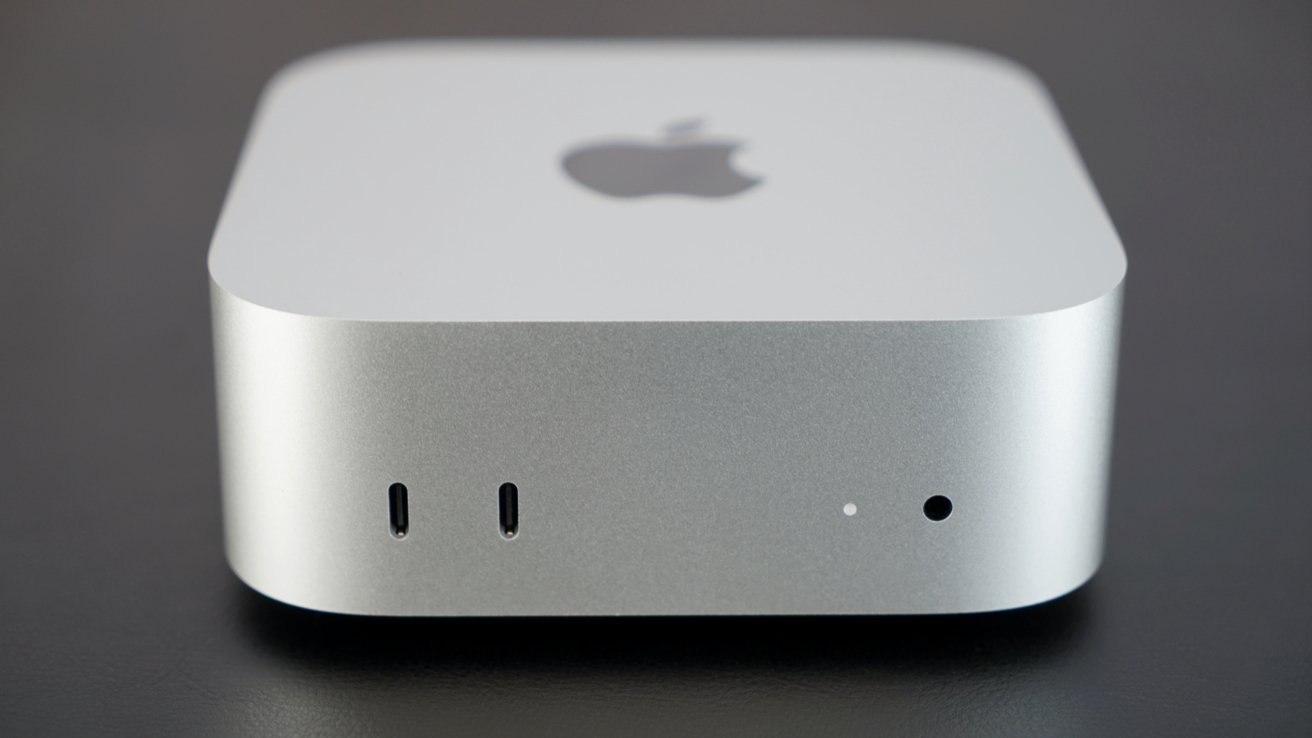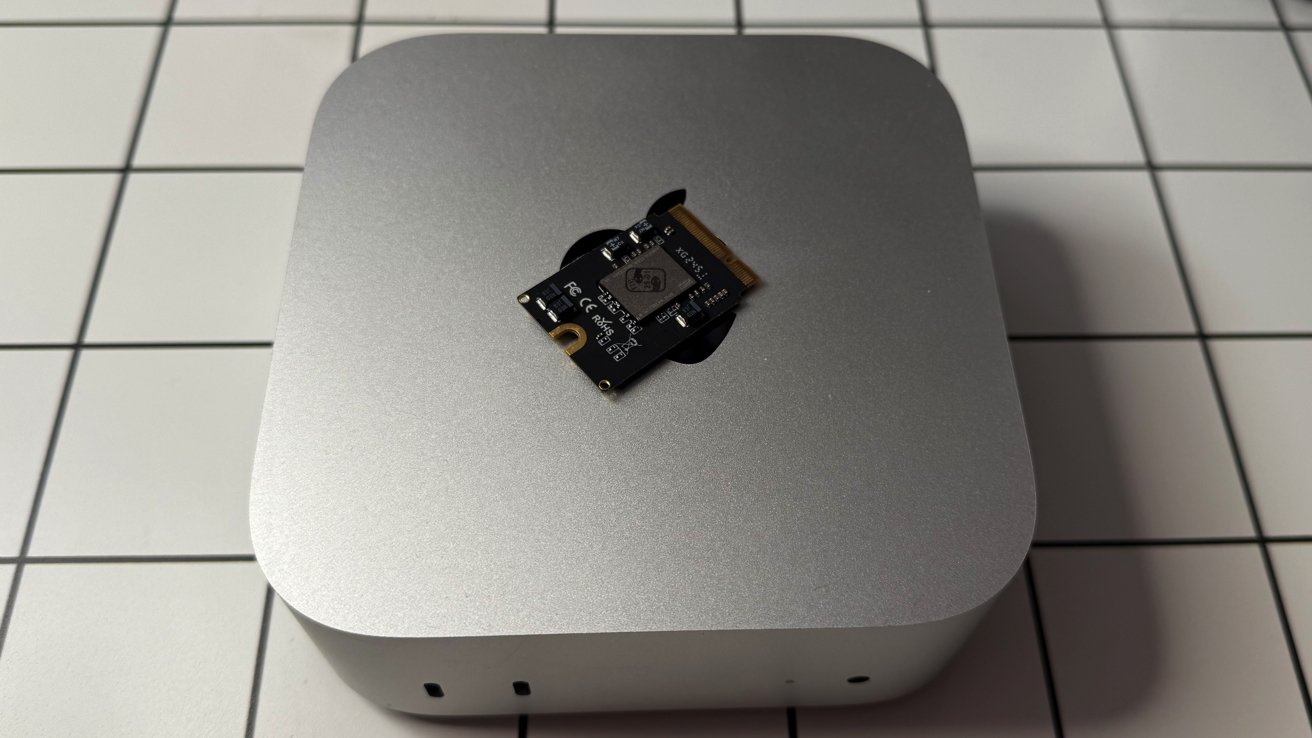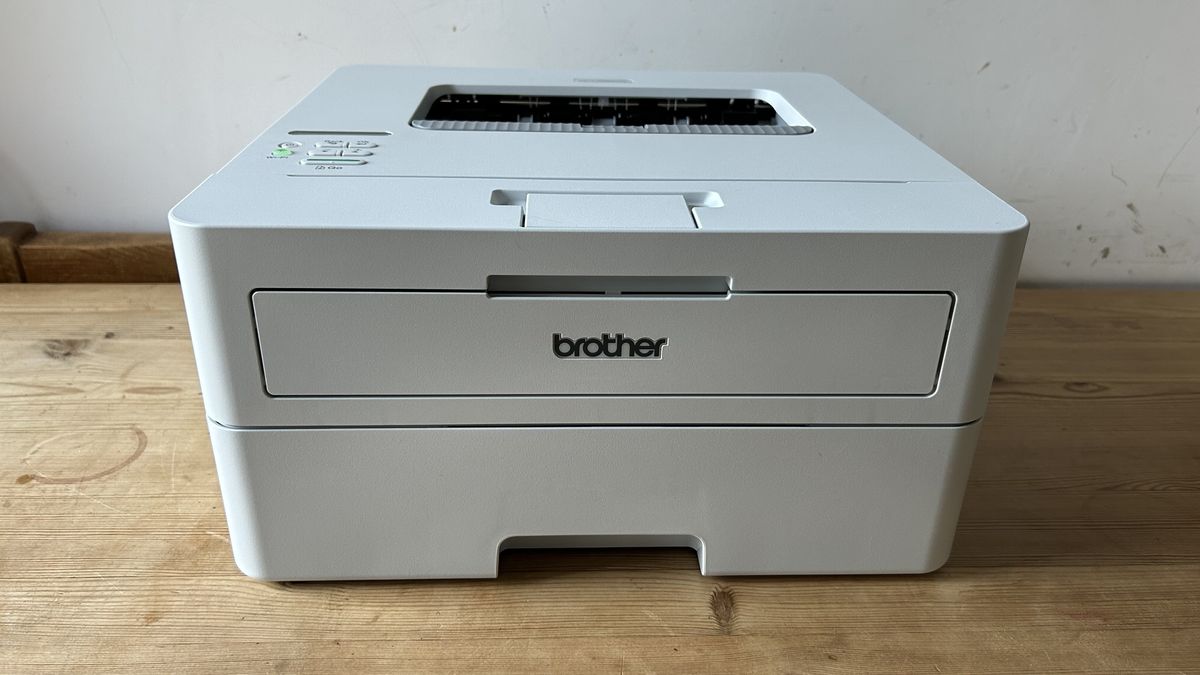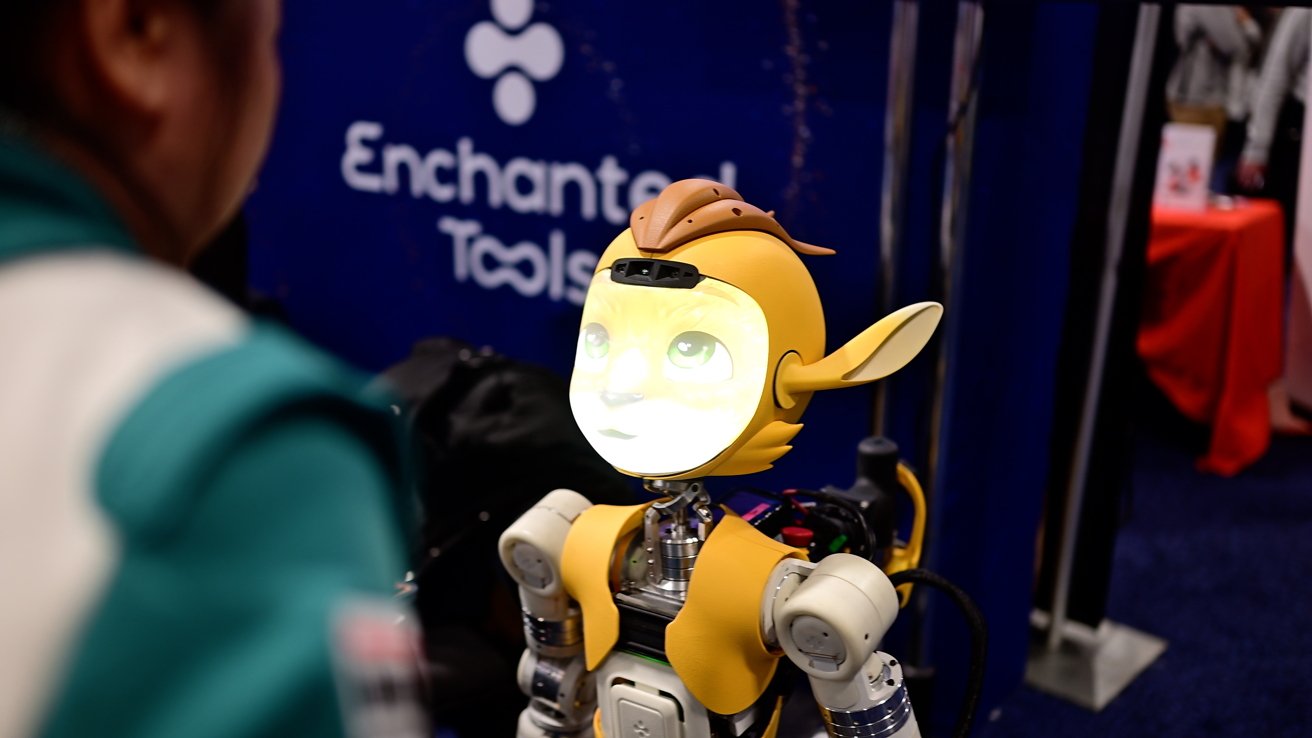The 10 worst software disasters of 2024: cyberattacks, malicious AI, and silent threats
The 10 worst software disasters of 2024: cyberattacks, malicious AI, and silent threats
Share:
Cyberattacks, misconfigurations and AI threats reshape digital threat landscape. When you purchase through links on our site, we may earn an affiliate commission. Here’s how it works. Software has become an inseparable part of our life. Whether at home or at work, the software we use to search, create, and message each other has become almost transparent. That is—until it breaks. The more software grows into our most critical tasks, the bigger the risk of calamity, and the greater value it poses to cyber attackers.
![[Google Chrome Web Store for Enterprises]](https://vanilla.futurecdn.net/cyclingnews/media/img/missing-image.svg)
As software becomes more powerful and AI capabilities become infused into almost every application, cyber threats are also evolving. According to research by Check Point, in 2024 global cyberattacks increased by 75% compared to 2023, with the average organization experiencing 1,876 attacks per quarter. A big part of this rise is due to the use of AI by bad actors—the Microsoft Data Security Index shows that data security incidents linked to AI applications nearly doubled from 27% in 2023 to 40% in 2024.
![[Facebook on laptop]](https://vanilla.futurecdn.net/cyclingnews/media/img/missing-image.svg)
While attacks by cybercriminals get a lot of attention, there are also silent threats that can result in huge software disasters, affecting the lives of billions. The most common are misconfigurations. A report by Breachlock showed that the top five security misconfigurations were more prevalent in 2024 compared to 2023. For example, 5% more cases were seen of organizations not enabling multi-factor authentication (MFA) for all users, and database instances with public access increased by 3%.
![[Representational image depecting cybersecurity protection]](https://vanilla.futurecdn.net/cyclingnews/media/img/missing-image.svg)












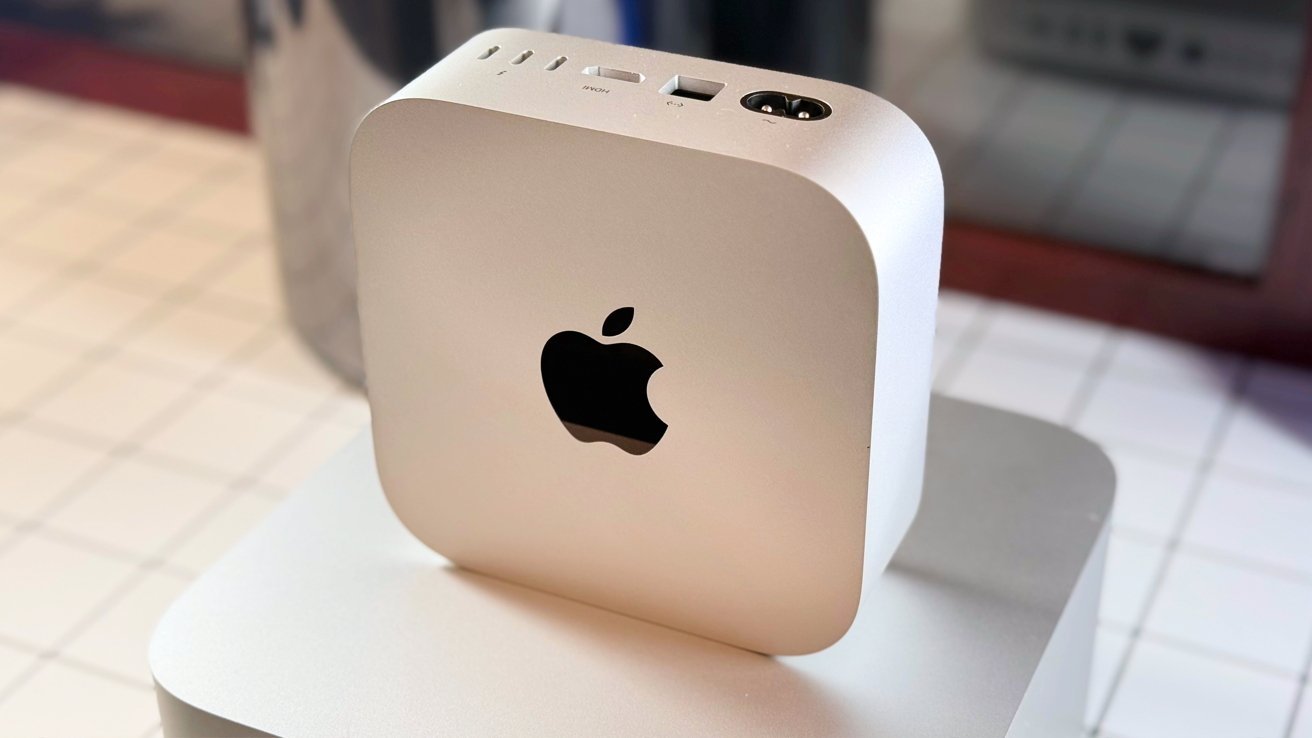
-0-15-screenshot-xl.jpg)

